Archive
2021
KubaParis
Had a Dream You Won’t Understand
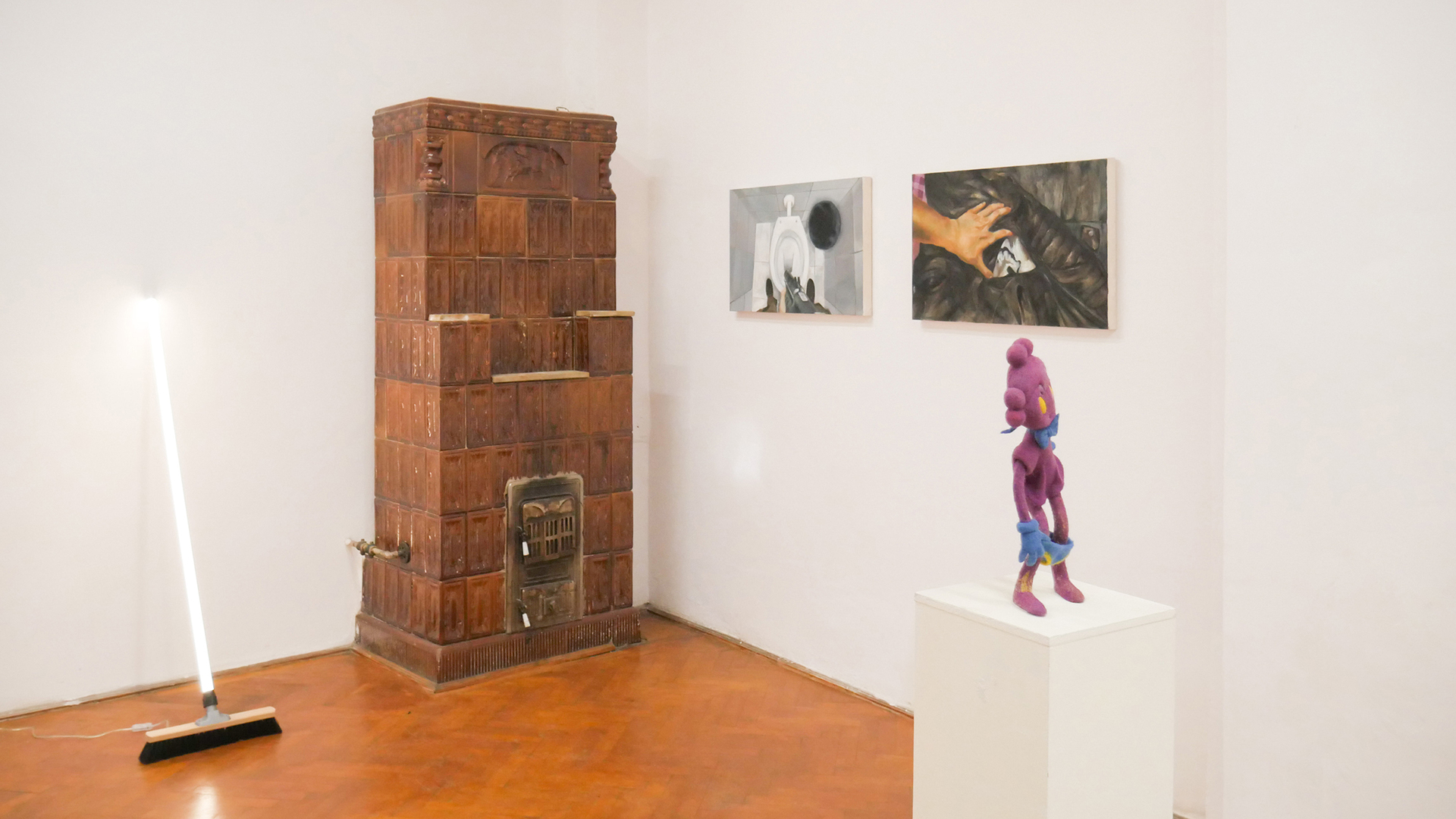
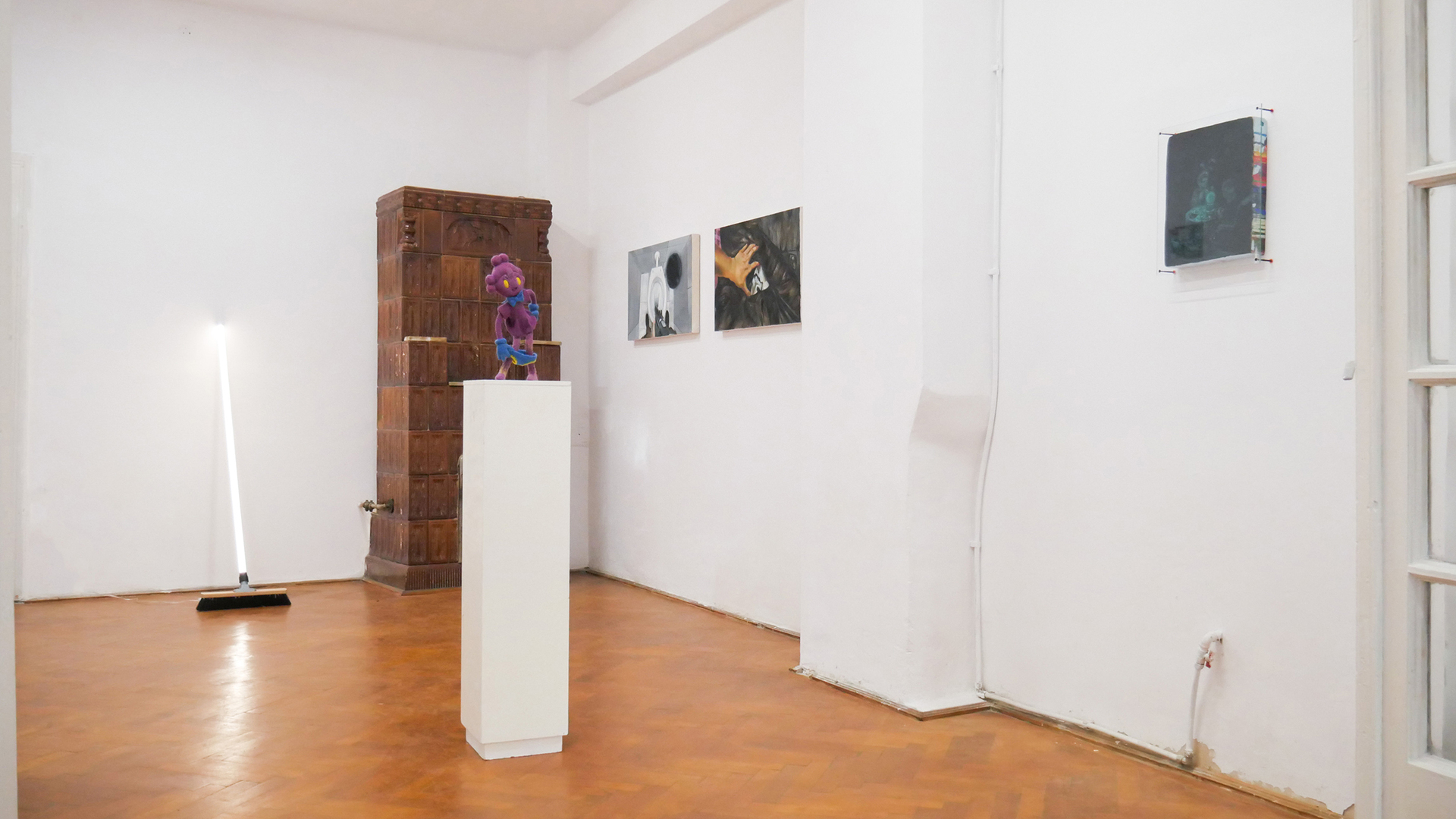
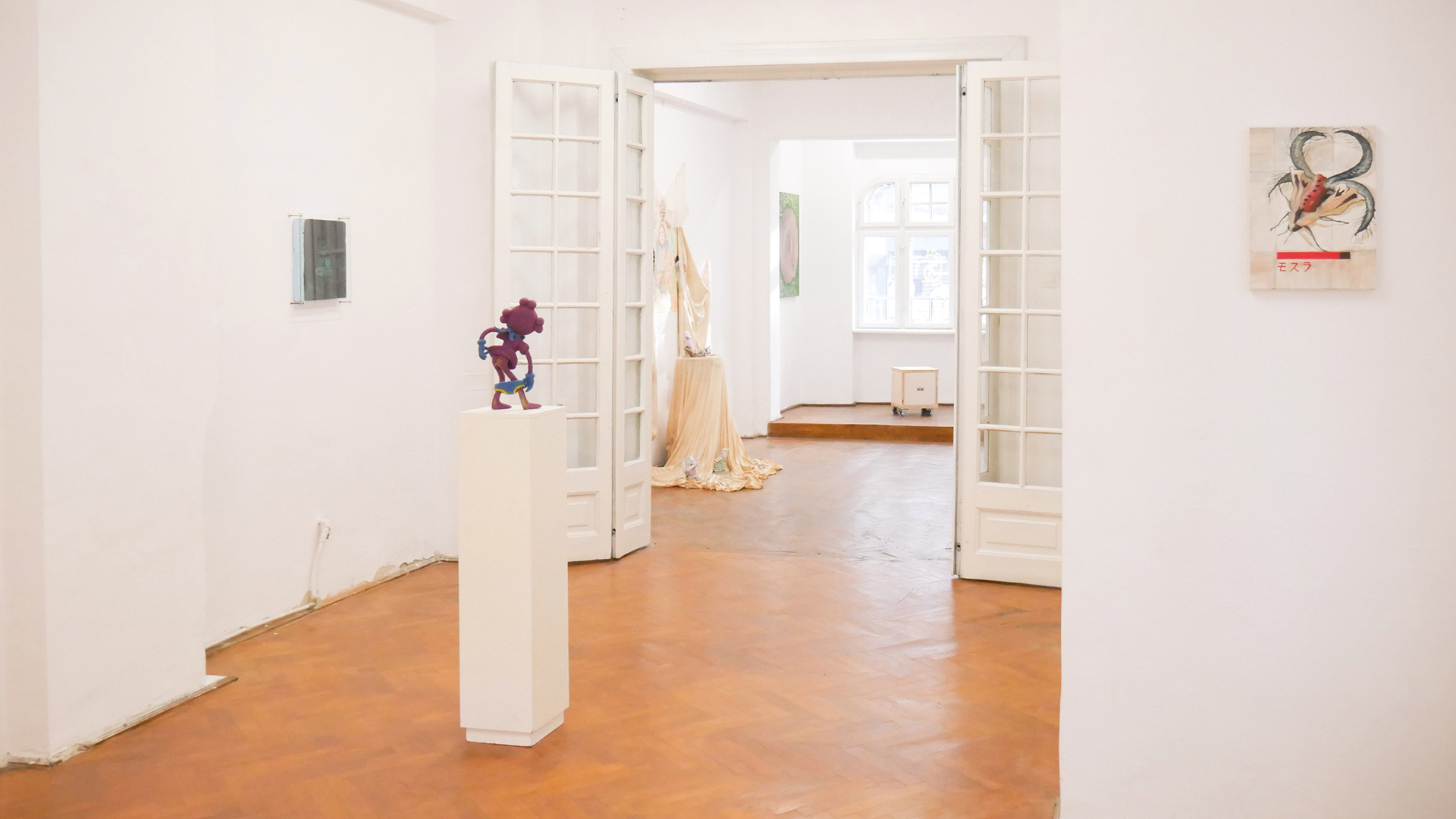
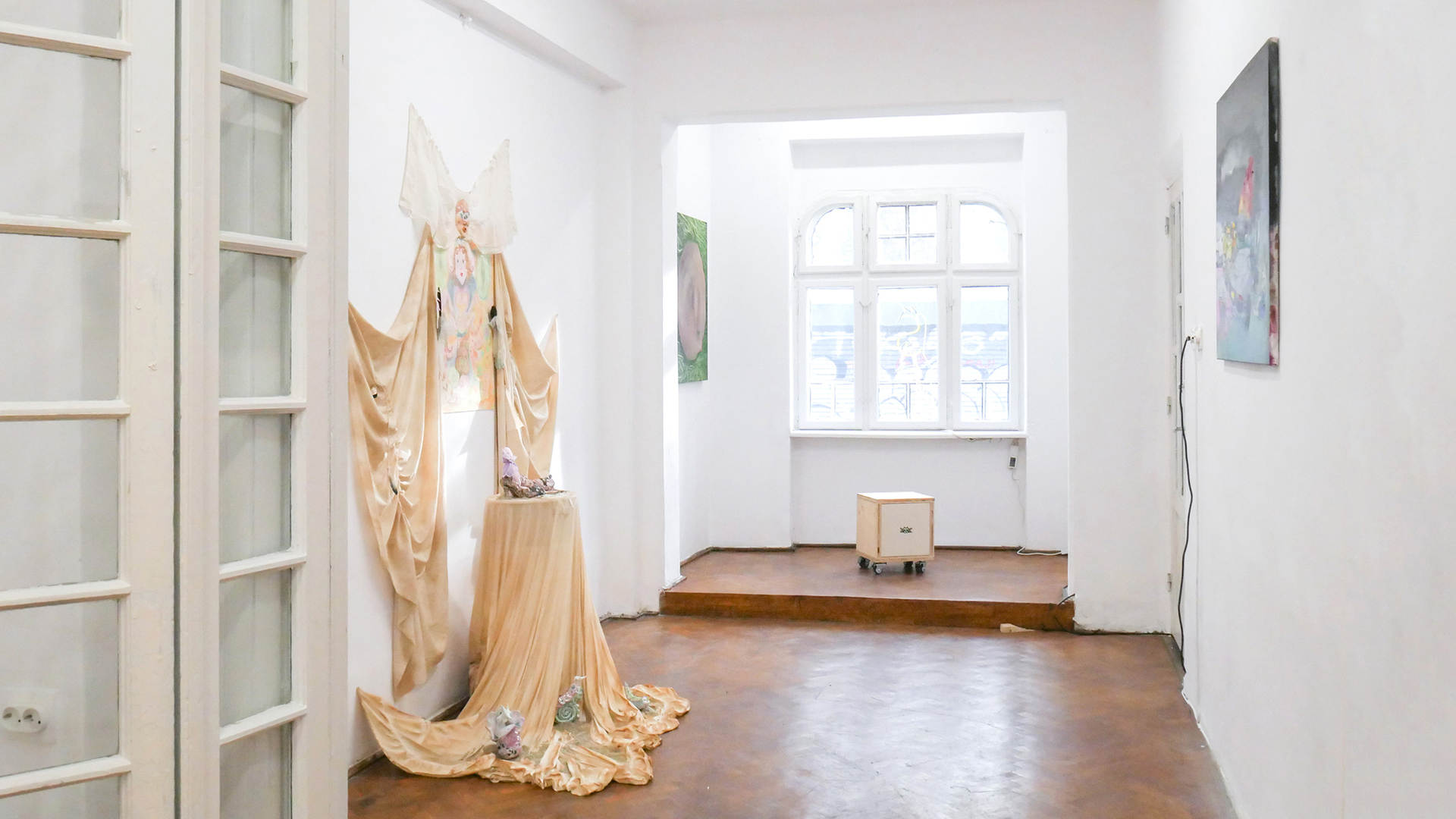

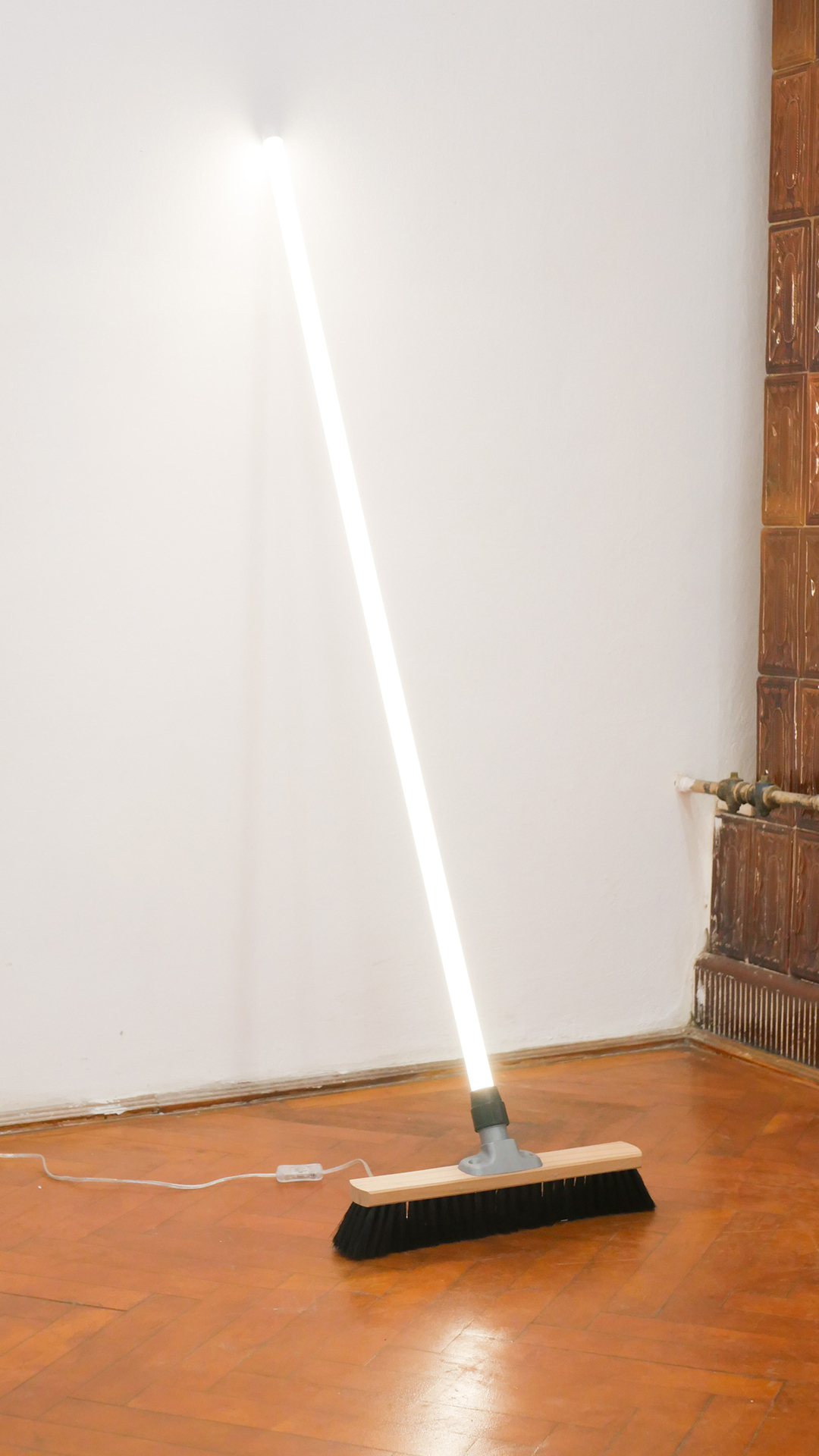
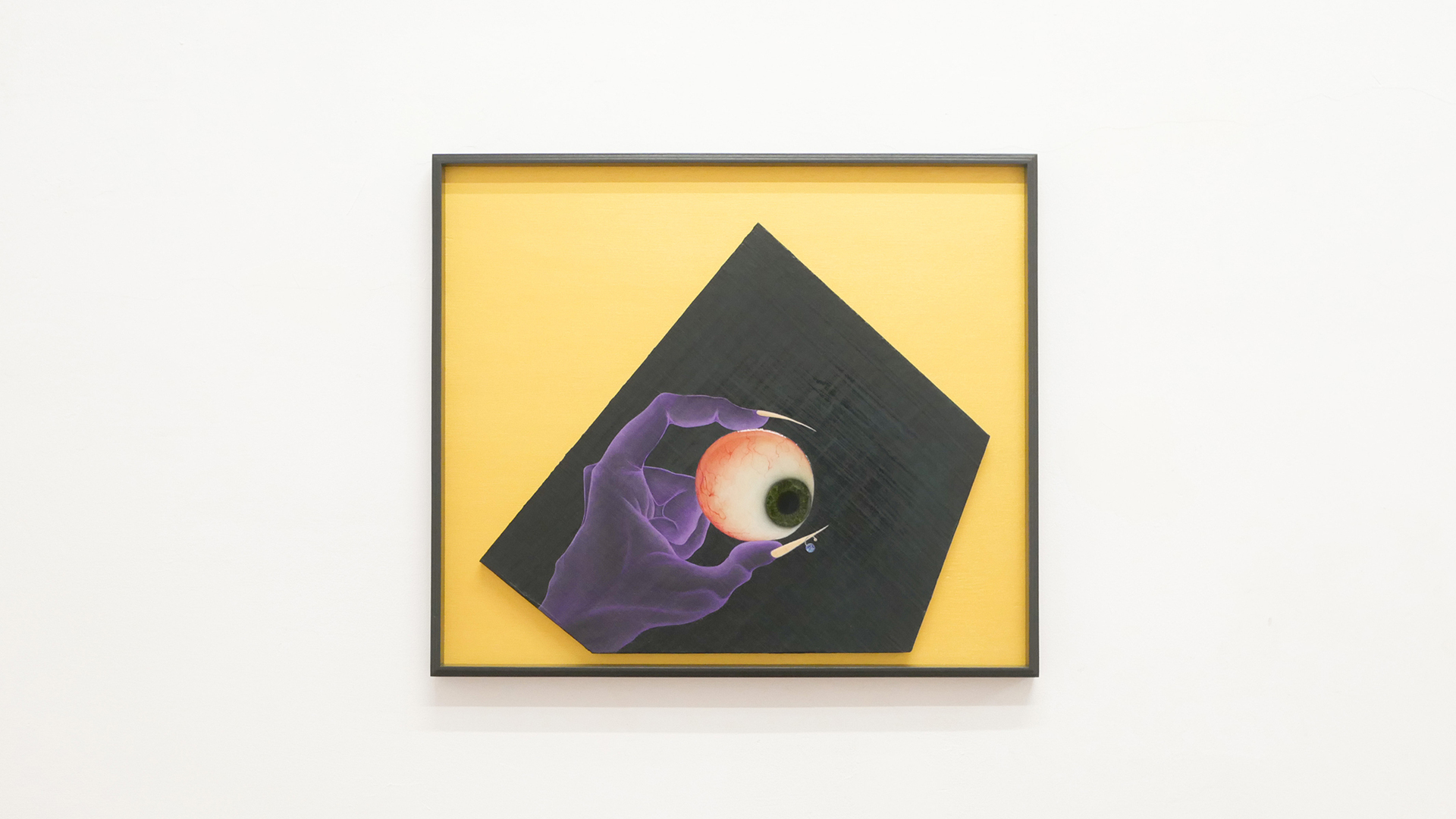
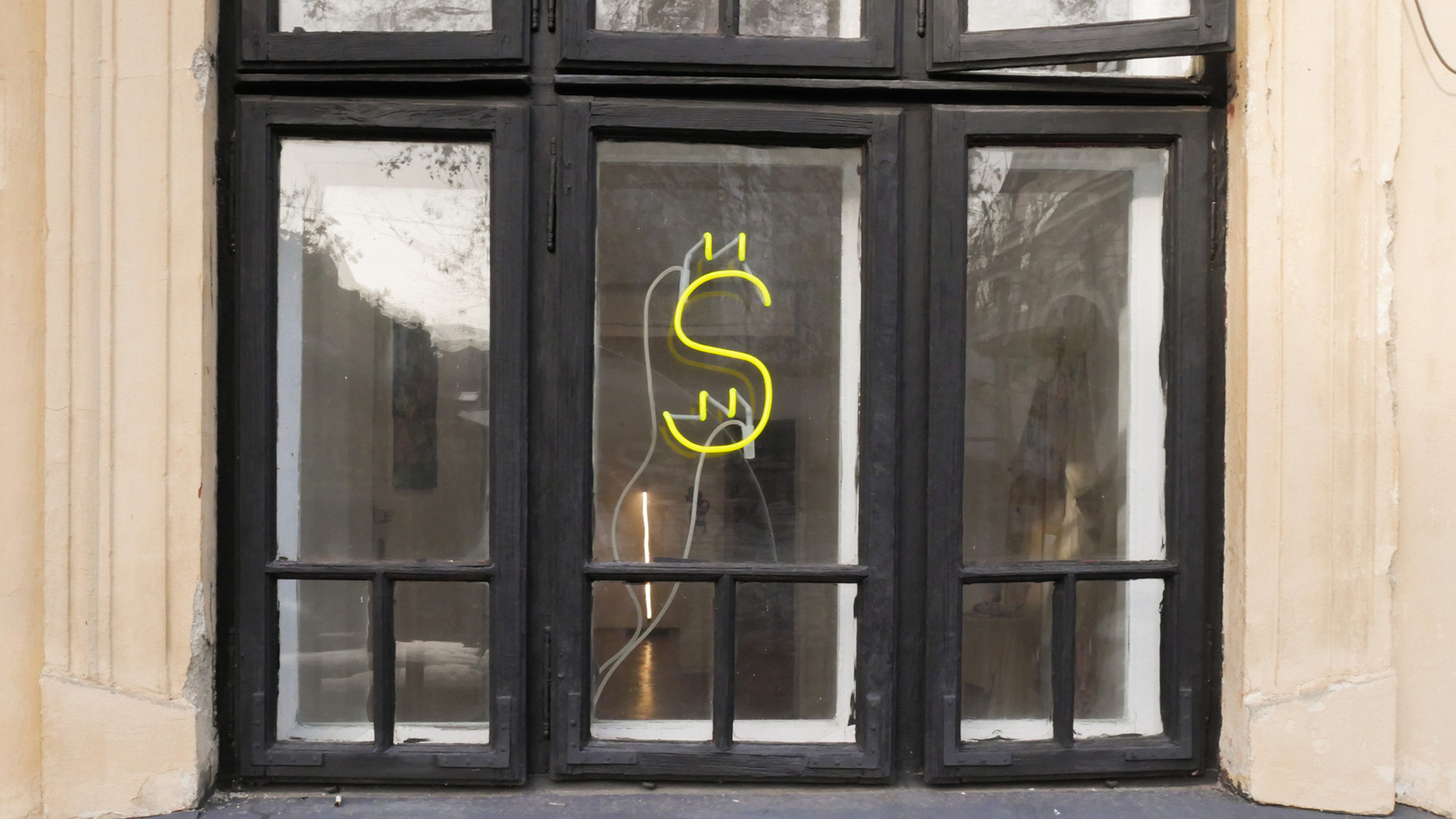
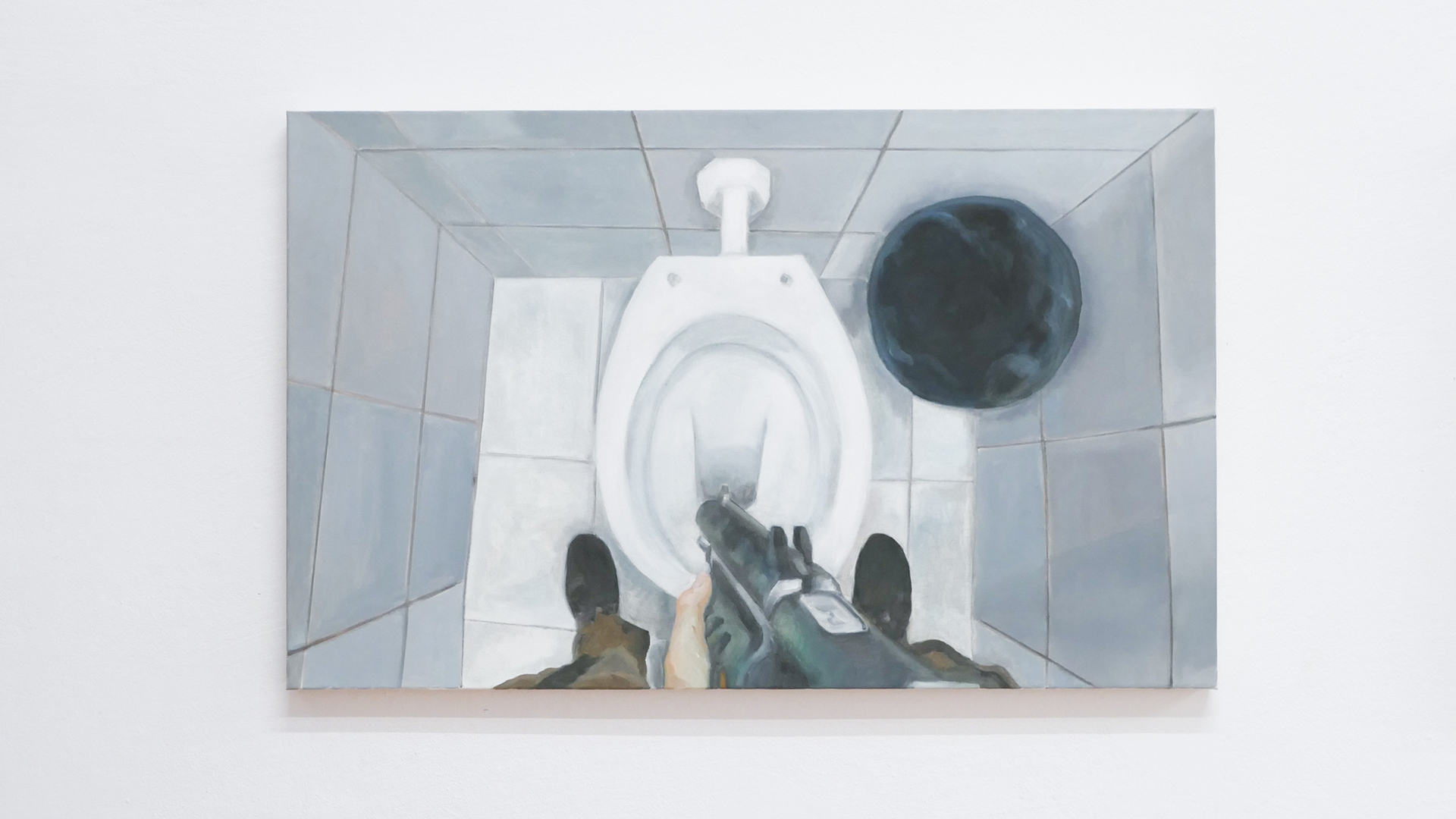
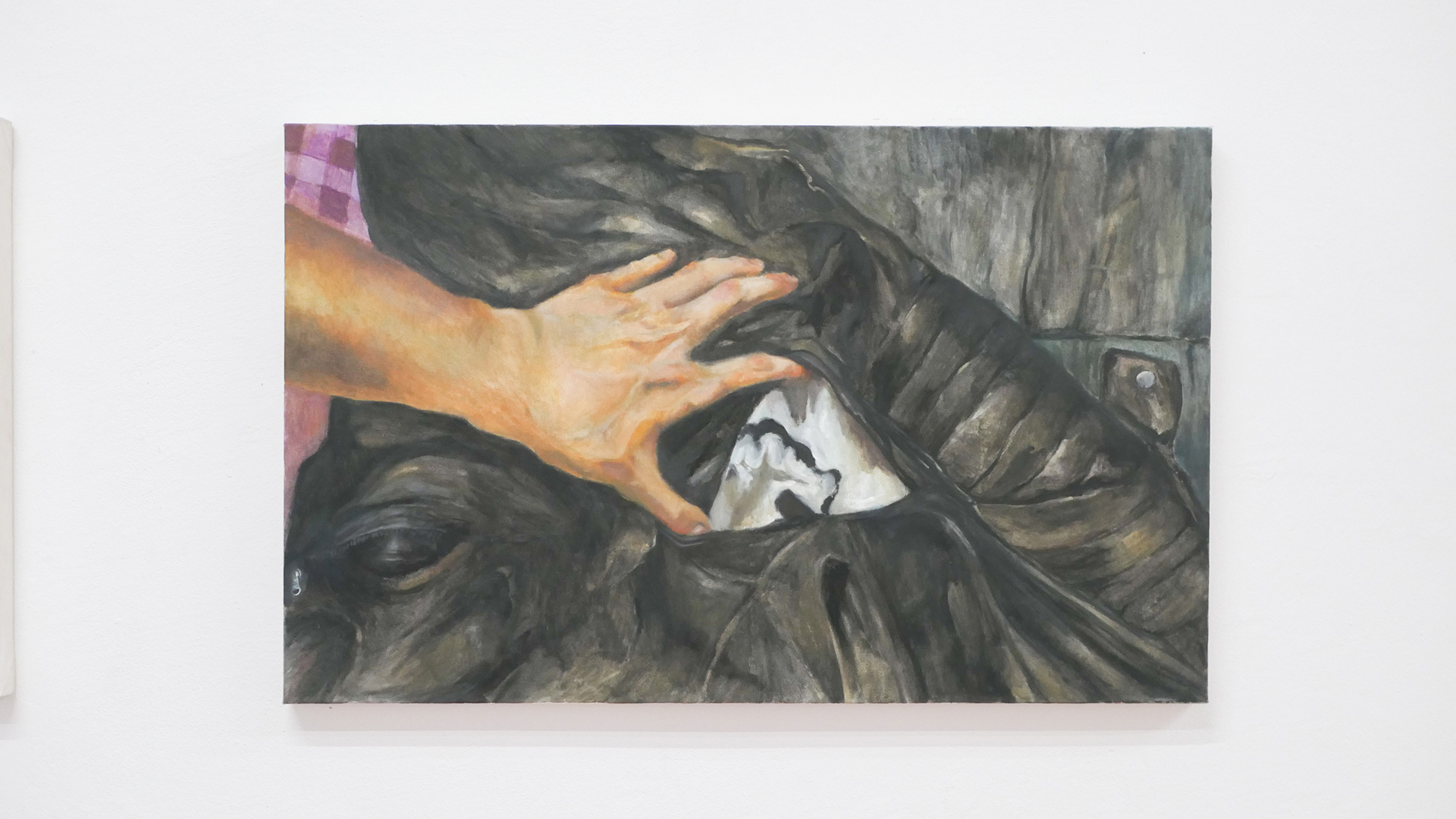

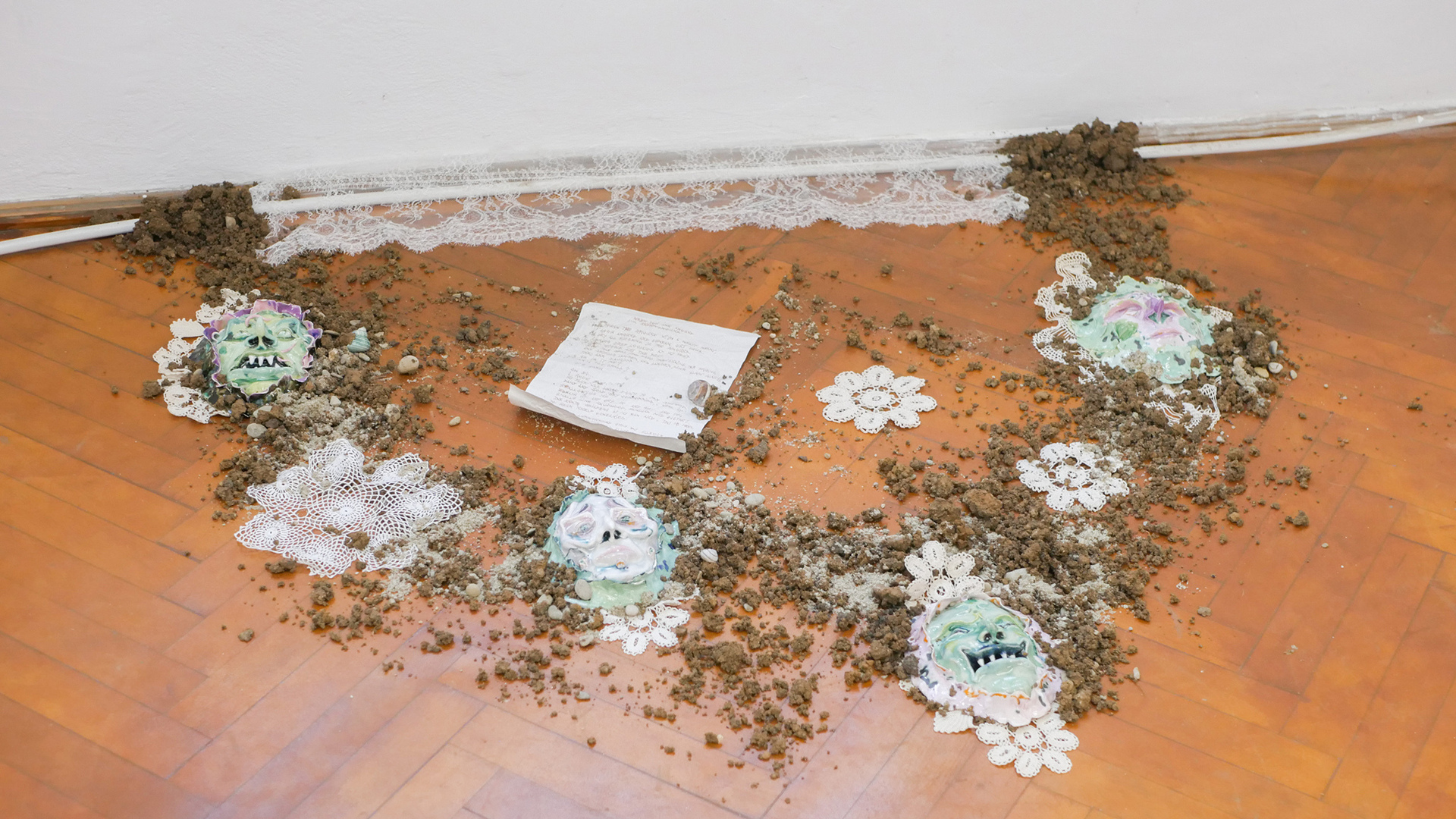
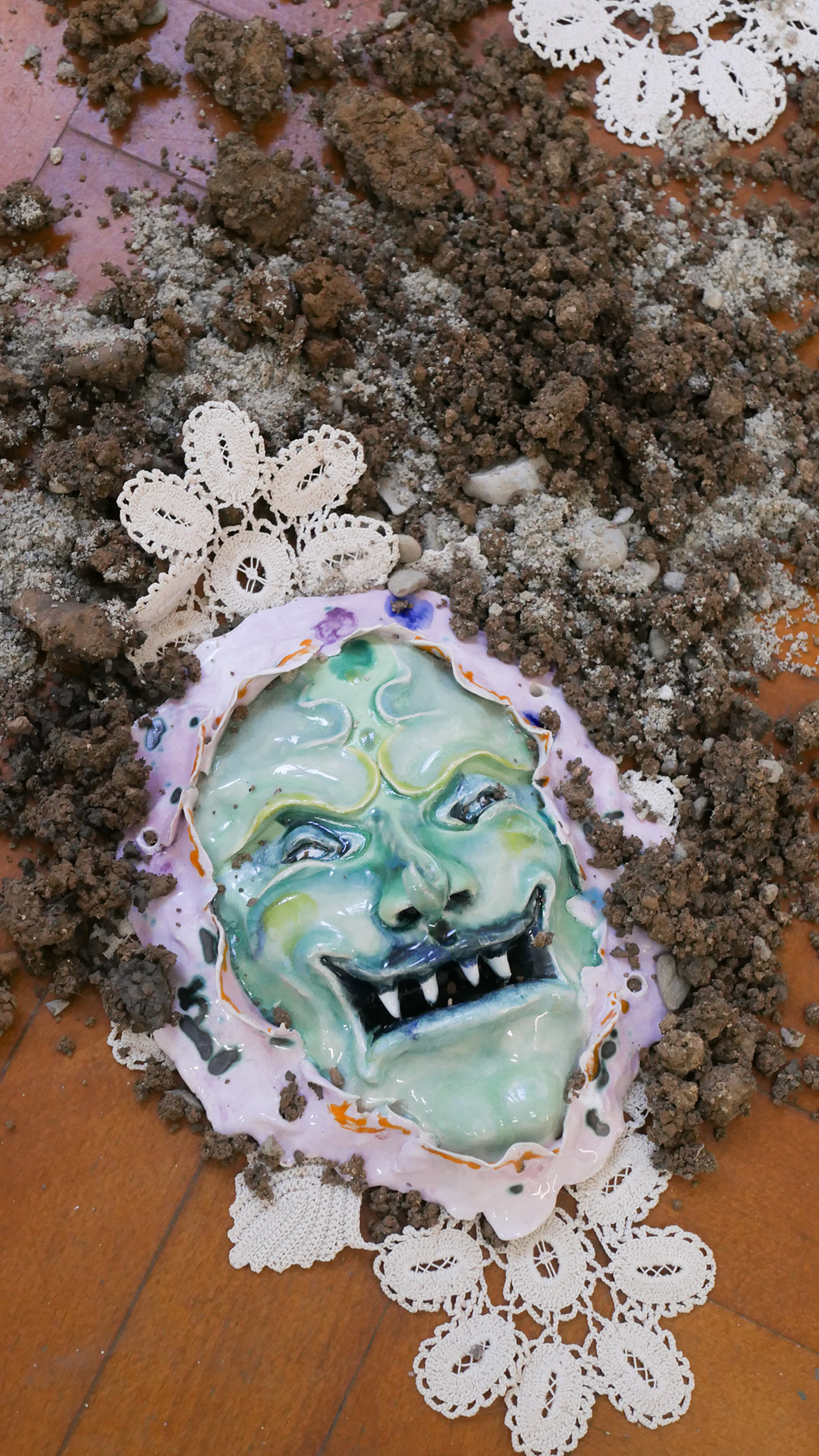
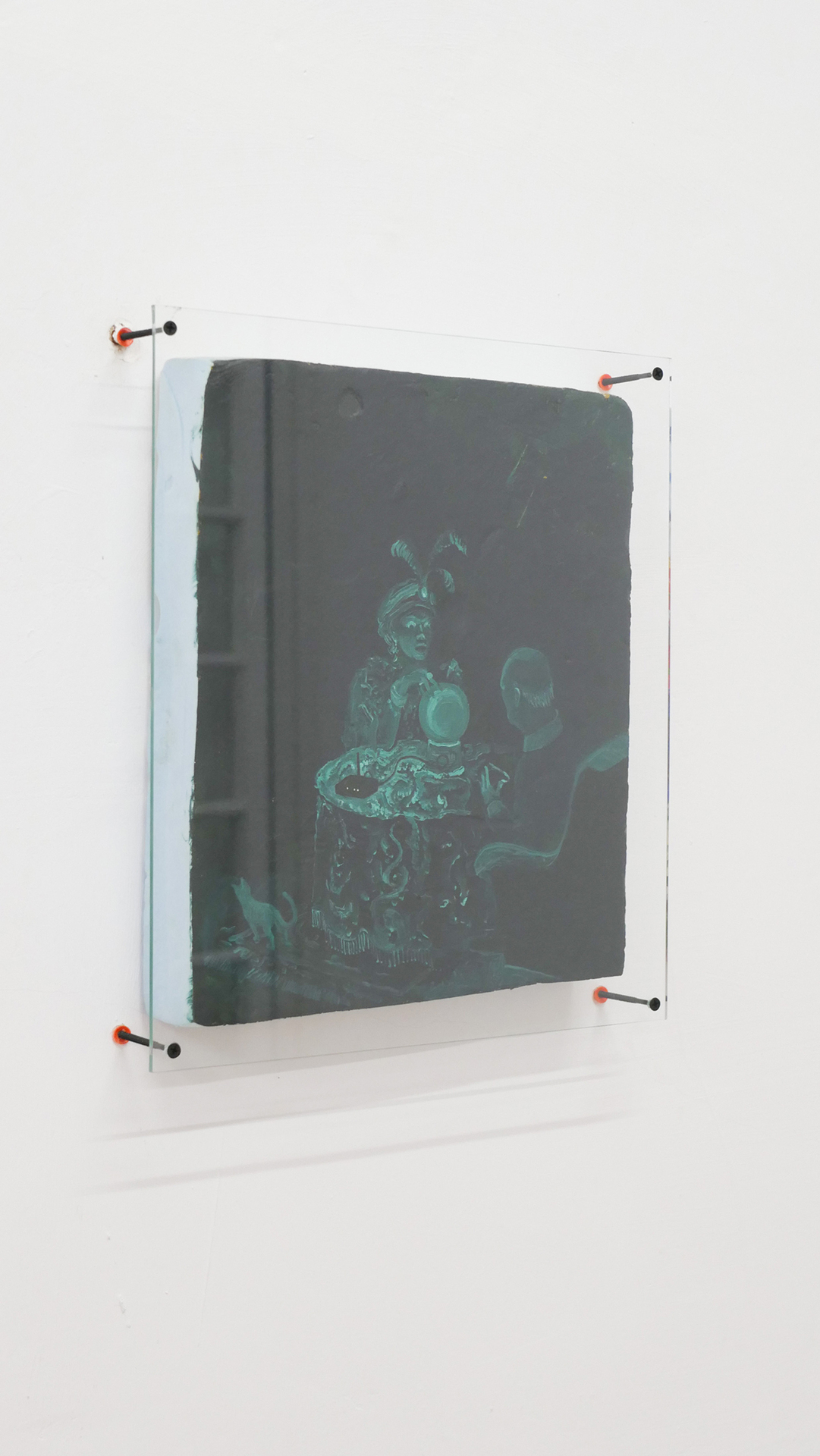

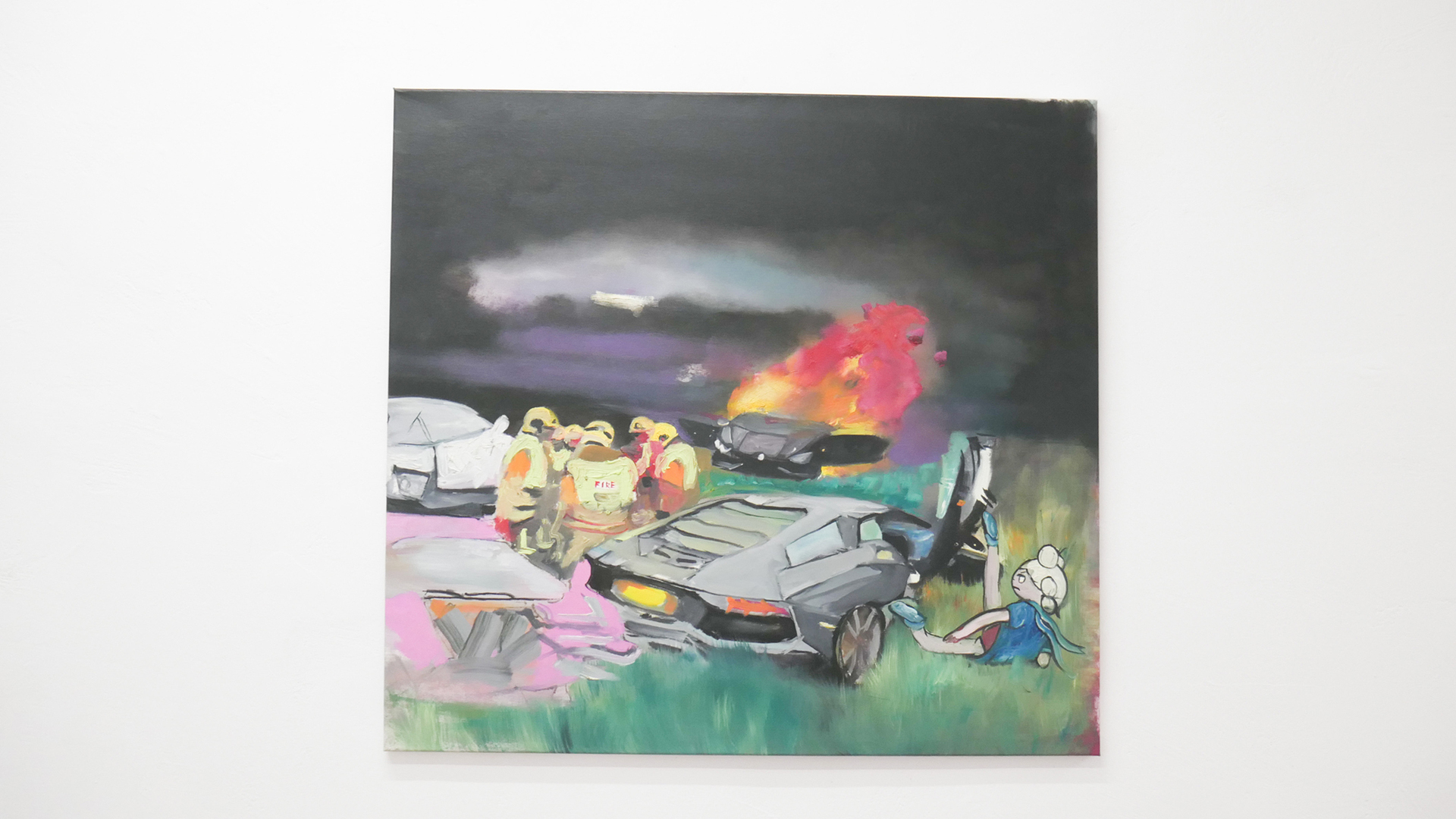



Location
Goodbuy GalleryDate
20.12 –31.01.2022Curator
Tudor Ciurescu & Ștefan TanăsePhotography
Sebastian HogeaSubheadline
You hear me? I just had this strange dream… oh my god, had a dream… you won’t understand same, I answered. Any other answer seemed impossible. In 2021, same (signaling approval) was declared one of the top expressions used by young people in communication. Our collective imagination and dreams haven’t been left untouched by images of death, of violence and poverty, expulsion, irreparable environmental damage, when all that is solid melts into the air. - Extract from Daniela Custrin’s text With contributor from: Cesar Axel @undecorous Maria Balea @mariaabalea Flaviu Cacoveanu @forever.exe Simone Filippo @simochief Hortensia Mi Kafchin @mikafchin Marta Matiolli @mattioli.marta Ioana Mincu @i1acampi1a Xenia Roth @xe.nka Christian Schulz @christmas.schulz Cristian Tușinean @_tusineancristian Mara Verhoogt @20mariaposa01Text
Goodbuy Gallery
Had a Dream You Won’t Understand 22.12.2021 - 01.02.2022
Walking across some excavations in Bucharest, I noticed a strange hand waving to me in the sunlight. Following the mysterios hand, the landscape just filled with a strong gale blowing. Captured a dandelion seed that blew across and I suddenly free-fell, being sucked up by a construction pit, landing on wooden shelves stacked with fragments of walls full of dust. Laying on my back I saw something like a levitating queue in front of my eyes, being able to see just the soles of their shoes. In a complete dry fog, I saw that hand again, getting me out of the rubble, while rain heavily poured down on me caused a rainbow appear. I woke up.
It’s friday and I’m on the phone with one of my friends.
You hear me? I just had this strange dream… oh my god, had a dream… you won’t understand
same, I answered. Any other answer seemed impossible.
In 2021, same (signaling approval) was declared one of the top expressions used by young people in communication. Our collective imagination and dreams haven’t been left untouched by images of death, of violence and poverty, expulsion, irreparable environmental damage, when all that is solid melts into the air. Sometimes I imagine air gazing disreputable at us or even talking. Your hands are chemical vapors. SAME. Your intention is a polluted cloud. SAME. But how should we explain that we are hopeful still, we care still and we are responsible still when these are just some empty jargon words in saturated cultural discourses? Dialogues between one another could seem as ephemereal as a dialog between steams. I can hear dishonest words crawling all over and stealing intentions. What if the limited interactions didn’t make us nothing but more empathetic to each other and to the planet? Maybe not empathetic, but rather…another word help me!!
We know that we have to doubt the myths of our time, and have to be ready for the many Good Anthropocenes to unfold. Taking seriously what science has to say, yet keeping a safe distance from all of these alarming narratives about the current crises. Imagining no future is not an alternative, so we need to carry the following task as upcoming survivors— bluffing Apocalypse terrain.
At this point we decided to build our own ecosystems on its territory
Mara Verhoogt’s installation Lowkey Lovely is creamy, with soft, candy-like colors devouring the ceramics or textiles. The present has tucked up most of the clumsy figures, so the artist is building a joyful sanctuary for them, with a much-magic penciled portrait in the center. Ioana Mincu’s sculptures announce themselves like a bedtime story ritual, following an intimate engagement with the seen and unseen faces, with different versions of everyday encounters and beliefs. Sometimes, stepping out of reality becomes a necessity for facing the everyday life, and Xenia Roth’s artistic practice highlights an intriguing method of juxtaposing the rough daily events with comic-like narratives, melting a childish reverie into mature state of things.
The surroundings, personal truths, the political senses, art world functions and confrontations with them — are some of Flaviu Cacoveanu’s approaches into his artistic practice, which he develops carefully — in a form of simple symbols or words, causing no harm but soft awareness. As I approach Simone Fillippo’s paintings I feel a higher ambiguous effect. Maybe this near-continual uncertainty we encounter maintain a thick atmosphere of surprise, desire and mourning. At least we can embrace escapism in video-gaming — as it provides peculiar environmental experience and differing senses of time.
Plants, several substances, fireworks, one hand, two faces, a little cat; Clouds, robots’ clothes, snow, games, internet shamans, a globe; Hortensia Mi Kafchin is building a complex devoted and distracted universe through her artistic practice, with a structure anchored in a potential rhythm of creating stories with fantasies, magic, time, technology, astronomy and everydayness. Looking for a habitat in a digital landscape, Mattioli Marta is focusing on the human-device relationship, where generating technological interfaces brings in a sense of vulnerability and intimacy. The lines between human and cyborg need to be blurred, we need to realize we share an unique extended skin.
An eye that does not belong to the body anymore. We can observe in Maria Balea’s work a little upheaval at the level of identity, a change of perspective from where you can foster a displaced vision and agency, preserving a sense of forced objectivity and distance.
How dangerous is a habitat if not filled with all sort of things?
three cat boxes. In view of Christian Schulz’s sculptures, we witness a re-signification of storage boxes on wheels that he encounters on a daily basis working at Migros supermarket, indicating a symbolic twinning between labor and art.
a broom. Cesar Axel proposes a broom with a powered LED tube stick, questioning our constant interchange and encounter with various developing products, either domestic or not.
perfumes, guns, money, sunglasses, some drinks. In creating a visual code through his work BYE5, that further questions the status quo of recognizable objects and of representations in the web’s distribution systems and our collective memory, Cristian Tusinean simultaneously manifests first and third-person viewing angles, producing easy-to-go poses within the intertwinement of various narratives.
Daniela Custrin
Daniela Custrin